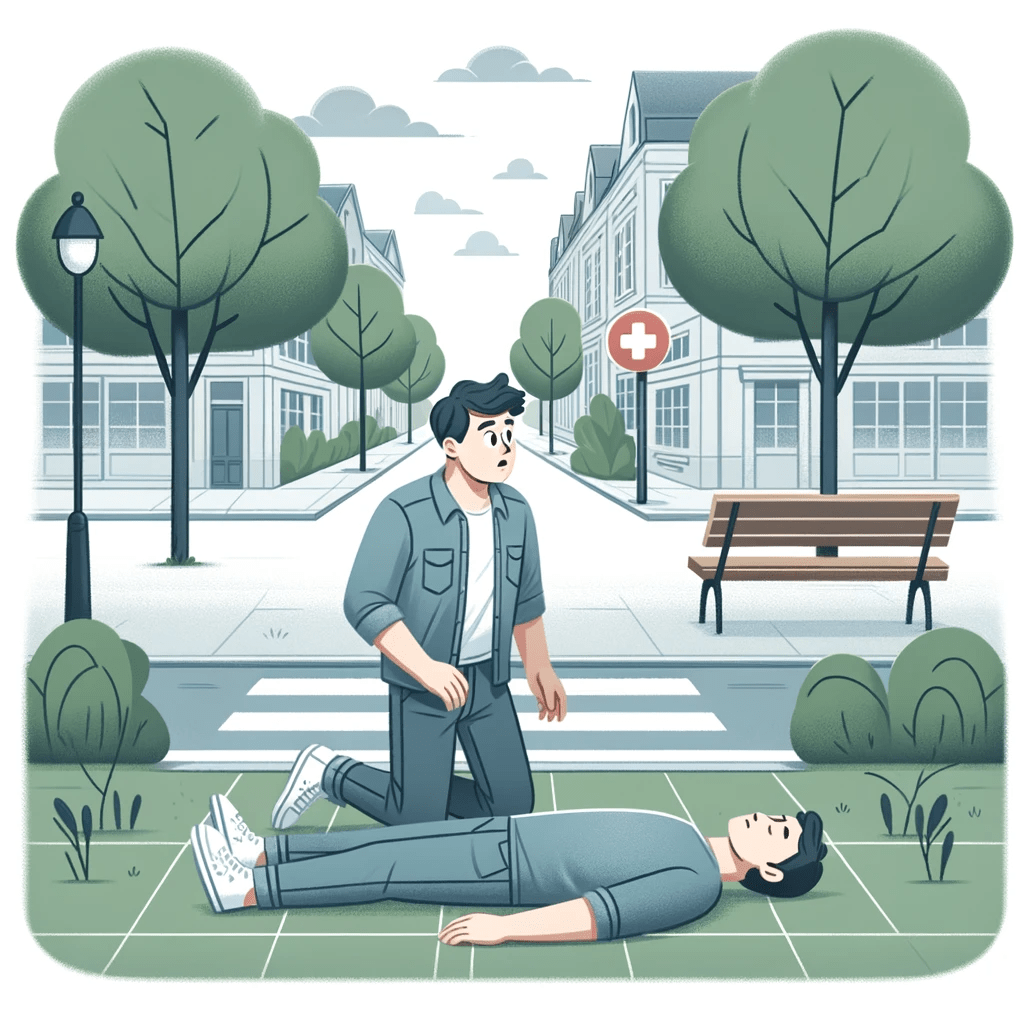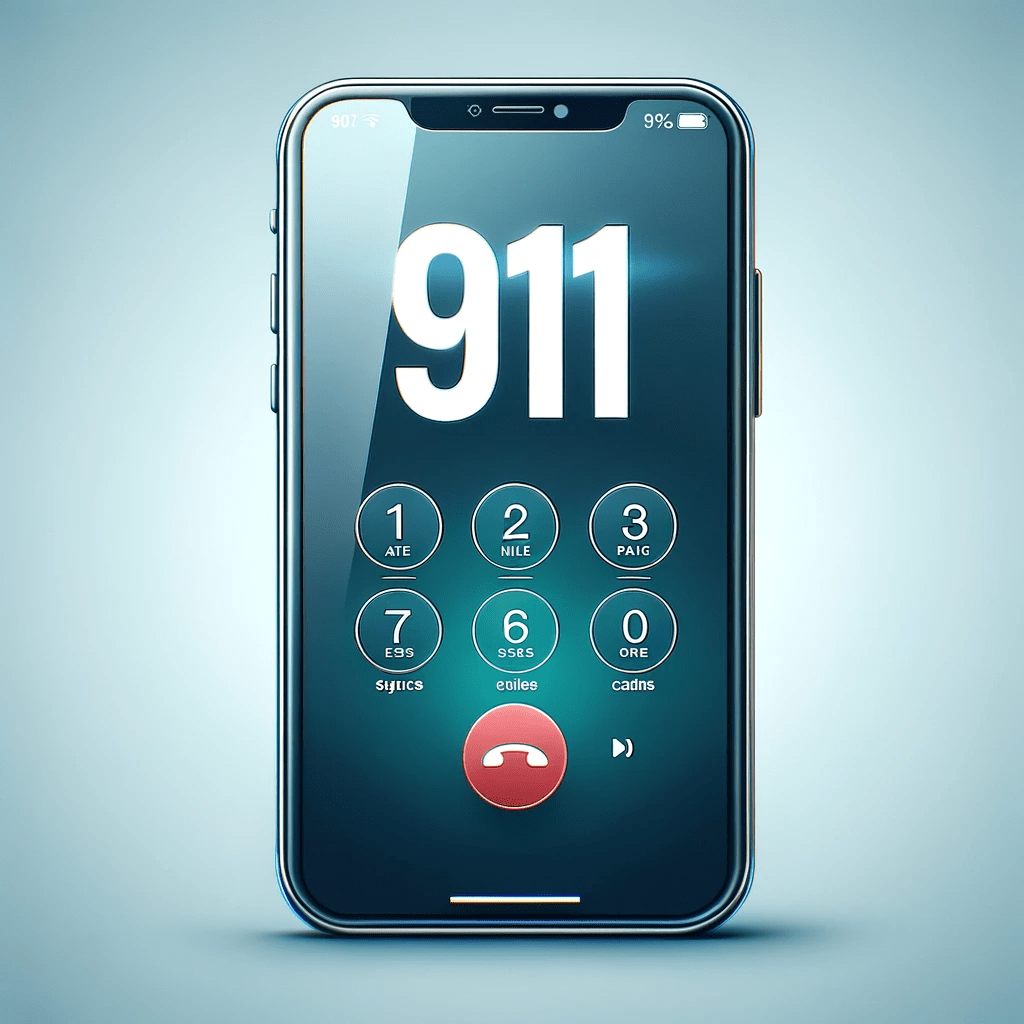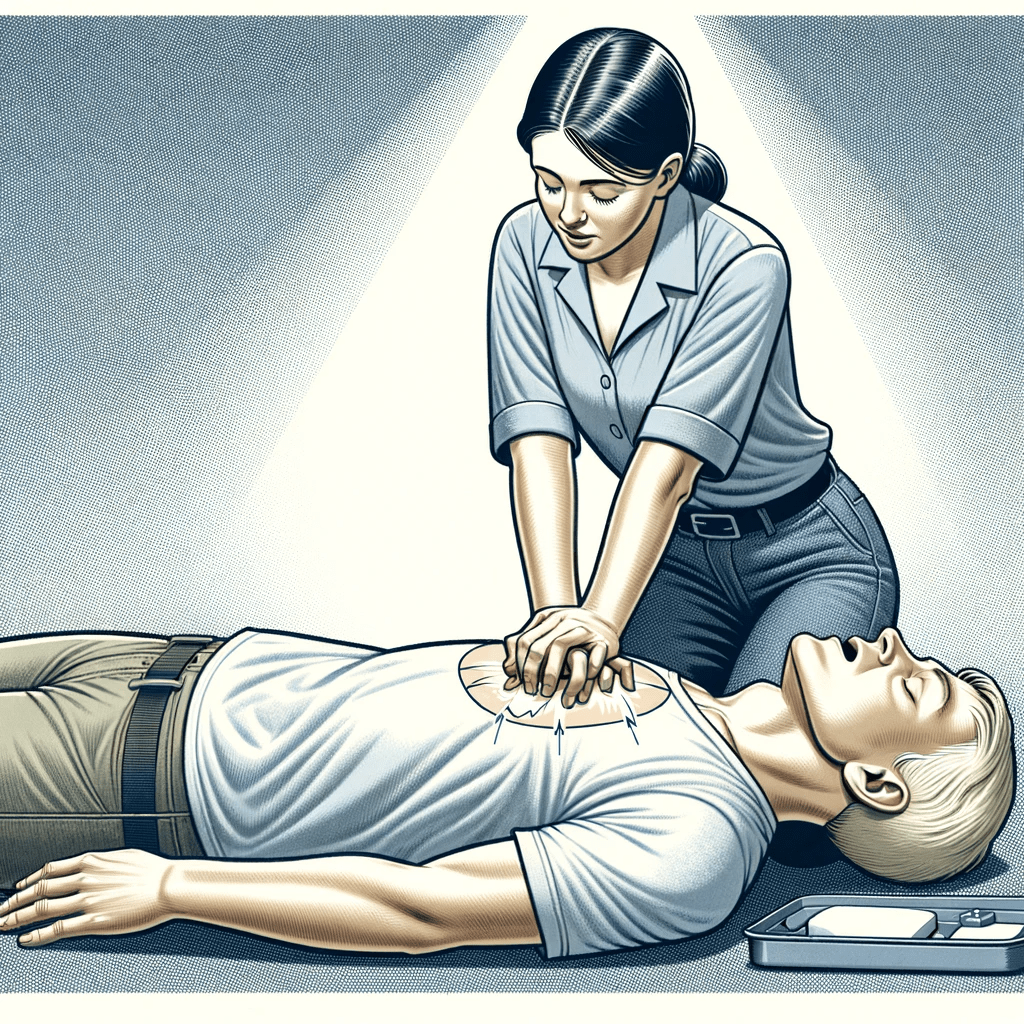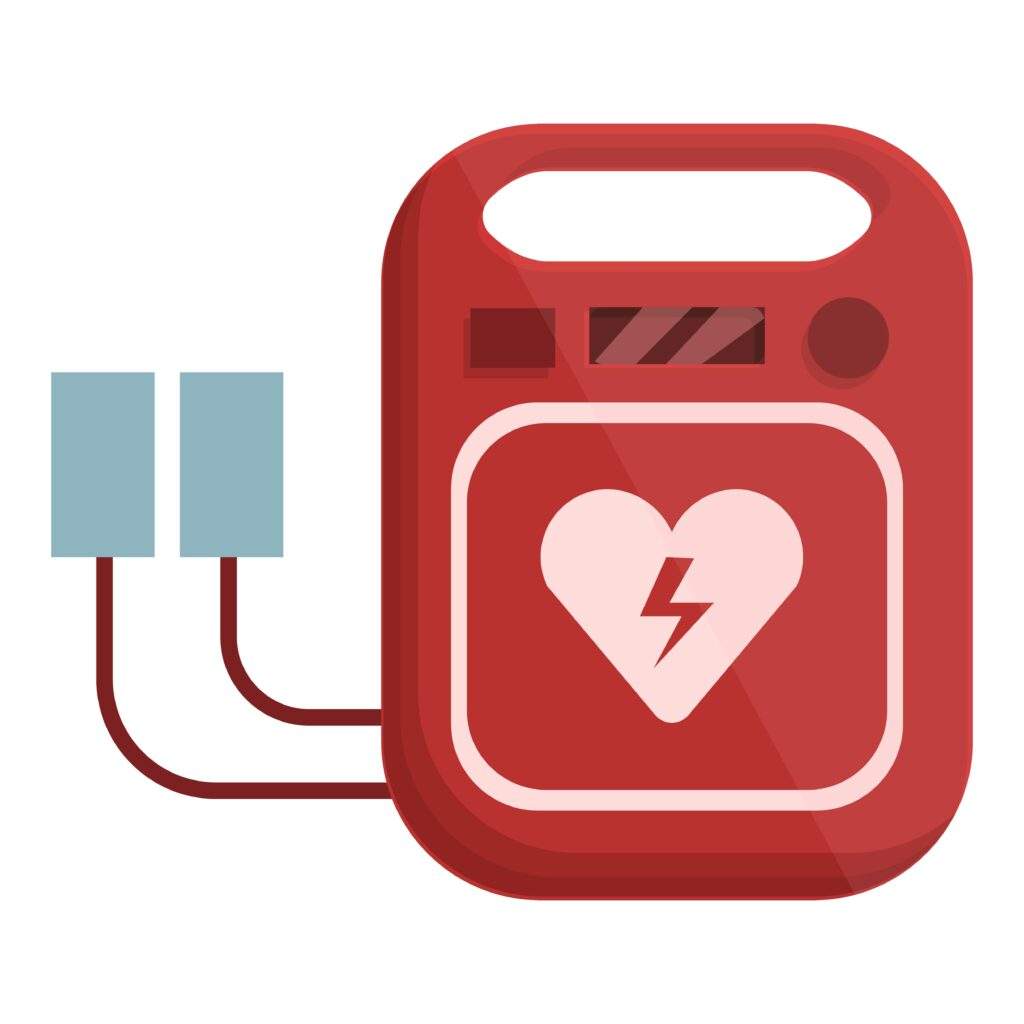
Get CPR training for your team!
If you have any questions feel free to email us at info@emccprtraining.com
CONTACT ONE OF OUR EXPERTS HERE

Last Updated on January 24, 2024 by CPR Training
Cardiopulmonary resuscitation (CPR) is a life-saving technique crucial in emergencies involving sudden cardiac arrest. Whether you’re a first responder, a healthcare professional, or a general public member, possessing CPR skills can make the difference between life and death. This guide provides you with detailed instructions on performing CPR effectively.
The moments following a sudden cardiac arrest are critical. Quick and effective CPR can double or even triple a person’s chance of survival. This guide covers the basics of CPR and follows an easy-to-understand, step-by-step process.

Before you act, you must ensure the scene is safe for you and the victim to avoid potential harm. Look for hazards such as fire, traffic, or other immediate dangers. Once deemed safe, check the victim for responsiveness by gently shaking their shoulders and asking loudly, “Are you okay?”

If the victim remains unresponsive, immediately call for emergency services or instruct someone else to do so. Time is of the essence, so be clear and concise. If available, ask for an Automated External Defibrillator (AED), as it may be vital in the subsequent steps.
It’s crucial to begin chest compressions without delay. Follow these detailed steps:

After 30 compressions, rescue breaths should follow:
Maintain the CPR cycle of 30 compressions followed by two rescue breaths. This rhythm must be constant and uninterrupted except when assessing the victim or if an AED is being used.

If an AED is available, it should be utilized as soon as possible:
CPR should be continued without interruption until emergency medical professionals take over, there are signs of life, the person is breathing normally, or you are physically unable to continue due to exhaustion.
Let’s consider three real-life scenarios where CPR made a vital difference:
In a bustling train station, a commuter collapsed with no pulse. A bystander trained to perform CPR quickly stepped in to provide chest compressions, drawing on their training to provide crucial aid until paramedics arrived. This intervention kept blood flowing to vital organs until professional help could take over, saving the commuter’s life.
During a routine visit to a doctor’s office, a patient suffered cardiac arrest. Healthcare personnel immediately engaged in their CPR training and used an AED within minutes, restoring the patient’s heart rhythm before the ambulance arrived.
A first responder was dispatched to a remote location where an individual was found unconscious. Despite challenging conditions, the first responder provided continuous CPR, showing the importance of adaptability and perseverance in emergencies.
The knowledge and ability to perform CPR are invaluable, not just for professionals but also for the layperson. Your actions can sustain someone during their most critical time of need and possibly result in a positive outcome in what otherwise could be a tragic event. Remember: By learning and applying proper CPR, you potentially hold the power to save a life in your hands.
To learn more about EMC CPR & Safety Training‘s onsite CPR training services or AED product selection, please call us at 800-695-5655 or visit www.emccprtraining.com/onsite-training.
Get CPR training for your team!
If you have any questions feel free to email us at info@emccprtraining.com
CONTACT ONE OF OUR EXPERTS HERE